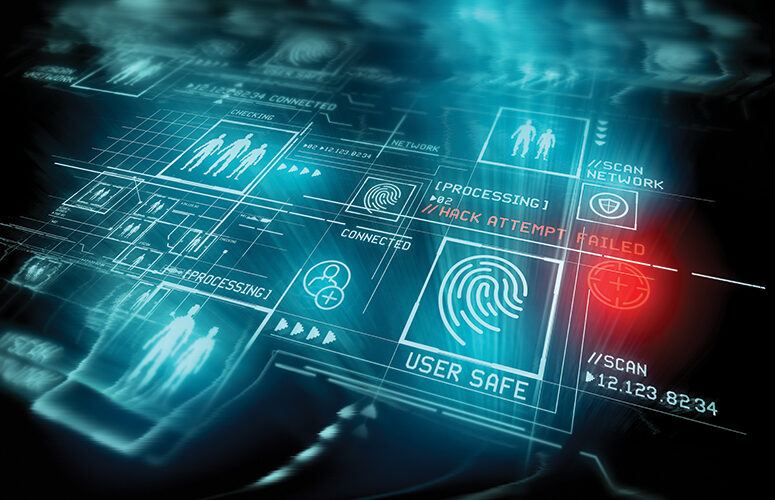
IP Law Faces the Challenges of a Digital World
From the biotech drug boom to the rapid growth of artificial intelligence, intellectual property lawyers discuss a changing landscape.
By Irene Maslowski, Contributing Writer On Jun 7, 2023Inventions, literary works, logos and trade secrets are all considered to be intangible, intellectual property that are legally protected through patents, fair use, and copyright laws.
New technologies including digital, social media, artificial intelligence, and most recently, ChatGPT, have formed challenges that are creating headwinds for the practice of intellectual property law. While these new technologies have the ability to improve life for the better, they raise many questions for the legal field on how best to enforce the rights of the creator.
Intellectual property rights represent billions of dollars of economic value. In order to be protected, organizations and individuals must be vigilant and informed of changes both in the law and in regulation.
“The fundamentals of intellectual property law today have really not changed – it continues to cover trademarks, copyrights, trade secrets, fair use and patents,” comments Raymond Felton, chair of the corporate department at Greenbaum, Rowe, Smith & Davis in Iselin. “What has changed, however, is the growth of a wider net of challenges found in intellectual property law.”
According to Felton, there have been at least three major turning points in the change in IP law in the last 40 years: the evolution of biotech companies in the 1980s and the growth of software, followed by the birth of the internet and social media.
The proliferation of biotech growth and new drug development has driven the demand for patents. Without a patent, or once those patents expire typically in 17 years, an outside party can apply for its own patent and use technology that was once protected, essentially taking profits away from those that were generated from the original invention. The onset of the internet and new software capabilities opened the door to provide easier access to replicate photos, logos, art and literary work, while social media has the power to distribute those replications.
“Two recent issues have surfaced that will create challenges for intellectual property law,” Felton notes. “The evolution of artificial intelligence as a new technology raises the question of whether or not traditional IP protection will be sufficient to protect AI-generated material, particularly since it is not generated by a human. The Federal Trade Commission recently proposed legislation to outlaw non-competes. If passed, this law would mandate that an employer cannot prohibit an employee who leaves the company from competing with her prior employer, although disclosing proprietary information can still be prohibited.”
Globalization has also changed the landscape of intellectual property law. According to the World Economic Forum, 3.4 million patents were filed in 2021, the highest annual total ever recorded, driven largely by Asian-Pacific companies followed by the US.
“It is more important than ever for companies that conduct business abroad to evaluate their IP portfolio on a global scale,” comments James Corcoran, of Gibbons Law in Newark. Patents that were obtained in the US will not provide protection in other parts of the world.
“Businesses should be diligent in identifying and protecting their most valuable property at an early stage,” Corcoran says. “It’s often difficult to identify the intellectual property that will become most valuable to a company when it is first created.”
According to William Stroever, intellectual property chair at Cole Schotz, in Hackensack, “The growth of the internet, social media, and artificial intelligence have made it easier for individuals and companies to violate copyright infringement and pose ongoing threats. COVID-19 also played a role, when people were locked down at home with more time on their hands. This fueled the growth of entrepreneurs and many ‘knock-off’ businesses emerged over that period of time.”
Stroever points out that the spread of the availability of the tools for creativity has been amazing. “Some of the technology, particularly through the use of AI, can generate a product, photo, or a piece of artwork that is almost an exact replica of a product covered by the intellectual property rights of someone else. It can be difficult to trace the source of these infringements and companies often find themselves getting into a game of ‘whack-a-mole’ trying to track down violators, which can be costly and often with little restitution.”
Stroever recommends that any entrepreneur starting a business should go through a full evaluation of how intellectual property law can affect and protect them. An initial meeting with an IP attorney and technical team prior to development is a prudent start before the development of any product or business line.
To access more business news, visit NJB News Now.
Related Articles:





